The Vivo X90 series was launched in China back in November last year. In an impressive feat, Vivo managed to become the world’s smartphone brand to deploy devices with both the Dimensity 9200 and Snapdragon 8 Gen 2 CPUs. The lineup was composed of the Vivo X90, Vivo X90 Pro, and Vivo X90 Pro+. These devices were crafted with impressive specifications, and with all the glory of ZEISS optics. Since its launch in China, global fans of the brand have been eagerly waiting for the global release. Now, the day has finally come! Vivo is introducing the Vivo X90 series to the global markets, and the Vivo X90 and Vivo X90 Pro will be the representatives of the family.
Vivo X90 and X90 Pro – Display and Hardware
In terms of basic hardware, both the Vivo X90 and X90 Pro are closely related. The duo of flagships packs the same 6.78-inch AMOLED screen with 2,800 x 1,260 pixels of resolution, 120 Hz refresh rate, and HDR 10+ support. These displays are also very bright with up to 1,300 nits of peak brightness. The displays have subtle curves that deliver a premium look. At the top, we have a centered punch-hole cutout for the selfie camera.
The MediaTek Dimensity 9200 comes to threaten Snapdragon supremacy
The Vivo X90 Pro+ is not heading to global markets, at least not at this moment. So Vivo has chosen the Dimensity 9200 SoC to compete in a market full of Snapdragon flagships. We’ve asked about this decision, and the company is confident in the performance of the Dimensity 9200. Also, Vivo is constantly looking to diversify its portfolio with multiple partners. This time around, it’s MediaTek that has been chosen to power their flagships.
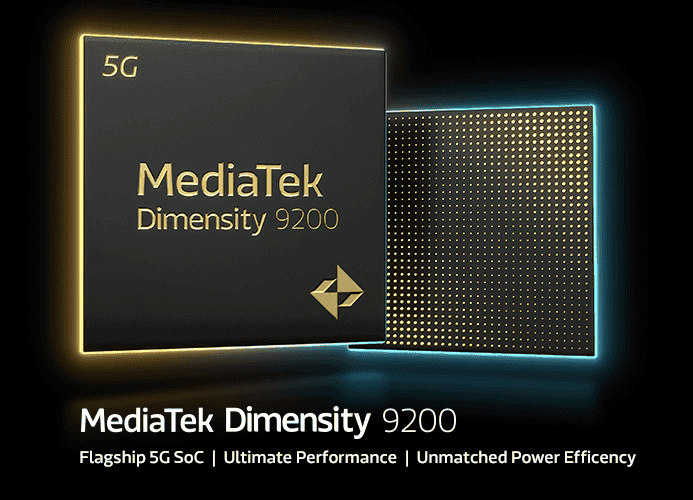
In terms of specs, the Dimensity 9200 brings 1 x ARM Cortex-A715 clocked at up to 3.05 GHz, 3 x ARM Cortex-A715 clocked at up to 2.85 GHz, and 4 x ARM Cortex-A510 cores clocked at up to 1.8 GHz. The graphics are ensured by a powerful ARM Immortalis-G715 with support for ray tracing. Technically, the Dimensity 9200 is on par with the Snapdragon 8 Gen 2. The two phones also have UFS 4.0 storage and LPDDR5X RAM.
The new partnership between MediaTek and Vivo for the use of Dimensity 9200 is not only brute force. The two companies worked alongside to improve the experience on the latest Vivo flagships. There is a new CPU-to-UFS processing transmission. It makes app switching and background download even faster.
Other technical details and features
The Vivo X90 and X90 Pro also come with Stereo Speakers for an immersive audio experience. Moreover, they have an IP68 rating for water/dust resistance. In terms of connectivity, both phones come with Wi-Fi 6 and the latest Bluetooth 5.3 standard. There is also an IR Blaster.
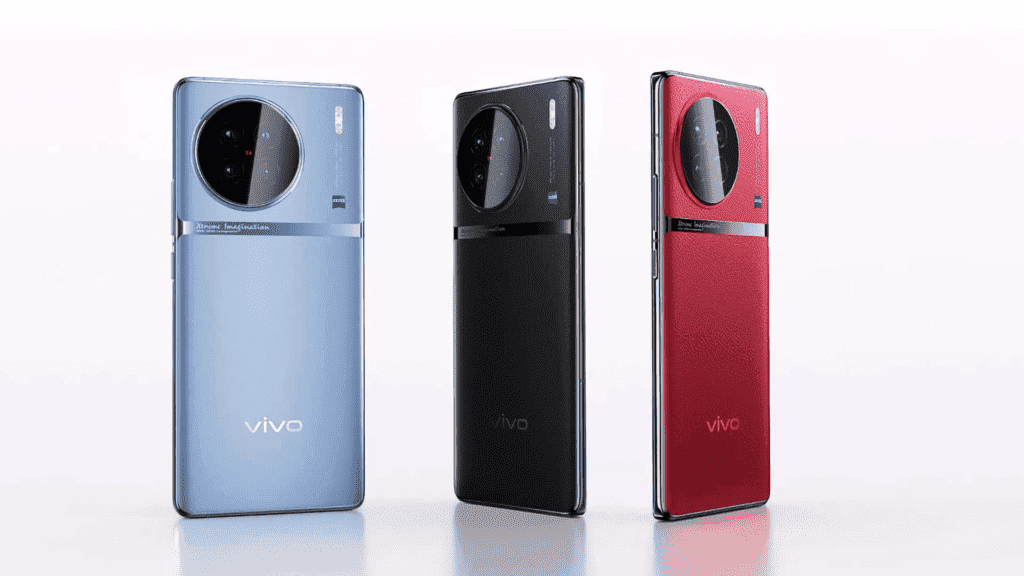
The devices also come with rapid charging. The Vivo X90 comes with a 4,810 mAh battery and the X90 Pro has a slightly larger 4,870 mAh battery. Both devices charge fast at 120W. In terms of software, both handsets come preloaded with Android 13 and FuntouchOS 13. The company offers balanced and fast-charging modes. The former will charge the dual-cell batteries slowly while the other will push it to the borders.
Interestingly, Vivo has worked in the FuntouchOS 13 to make it smoother and safer. There is a new Privacy Protection for your images. Once you share an image, the OS will save and protect sensitive information.
The big highlight of Vivo X90 series – the Camera department with ZEISS optics and Vivo’s V2 ISP
The two devices are great flagships when looking at the overall specifications. However, the big highlight is the camera department. During the pre-release session, Vivo stated that this is the best-ever camera in the story of the Vivo X-series.

The new smartphones come with the latest advancements from ZEISS. The lens maker and Vivo have been working alongside in the past few years to improve photography in the smartphone scene. As a result, they’ve co-developed the camera setup inside of the Vivo X90 series. In addition to the new camera specs, the company also developed a new ISP (Image Signal Processor). In fact, it’s the third generation (V1, V1+, and now V2) of Vivo’s in-house developed chip – the Vivo V2.
The Vivo V2
The new Vivo ISP comes with a new computing power capacity, power density, and extra data density. There is a dedicated SRAM cache unit capable of reducing power consumption by over 99%. The new chip improves the photos in extreme low-light conditions. It provides ultra-clear images and there is a new Ultra Zoom EIS algorithm. It combines IMU, OIS, and EIS for better zooming without losing the image quality.
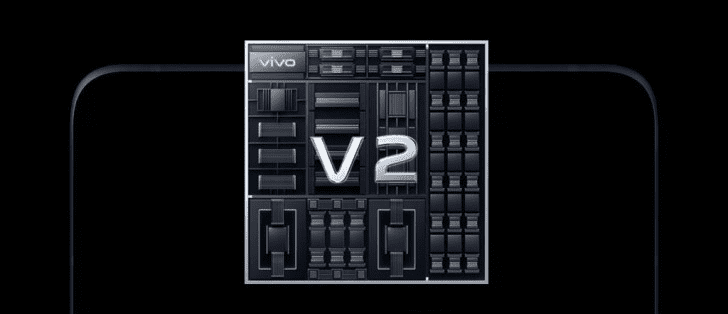
The V2 also brings a “zero-latency” snapping. It will work through motion detection to capture an image of the moment you hit the shutter button. Vivo says that with the Vivo X90 you’ll be able to capture what you see the moment you hit the capture button.
Vivo X90 series powered by ZEISS – the key features
The Vivo X90 Pro carries the 1-inch 50 MP Sony IMX989 image with 4-in-1 pixel binning and 3.2μ pixel size. The main camera has an F/1.75 aperture and full compliance with Zeiss T* lens.
The phone also has a 12 MP f/2.0 ultrawide shooter with Auto-Focus and a 108-degree view. We also have a 50 MP telephoto lens with f/1.6 aperture powering the optical zoom. Both the main and telephoto lenses bring OIS.
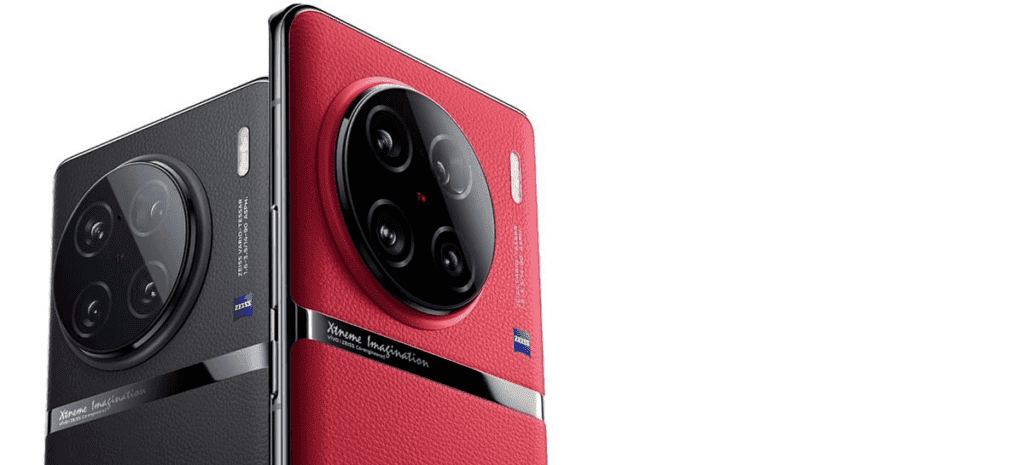
The vanilla has a 1/1.49″ main 50 MP camera, 12 MP telephoto, and also a 12 MP ultrawide shooter. The ultrawide snapper also brings OIS as the main camera does.
There are a lot of cool features co-developed with ZEISS. For instance, the Vivo X90 can capture images with high details in low-light conditions and also record videos without the loss of quality. There is also a Handheld Astro mode in photography that allows users to capture starry night shots in a few seconds.
Cine-Flare and Miniature Effect
Another interesting feature is the ZEISS Cine-Flare Portrait – It smartly detects any source of light in your image and creates a Cine-Flare effect seems in classic films.

One of my favorite features is the Zeiss miniature effect. Through smart use of the cameras, you capture a photo from a landscape and the software will create a very interesting miniature effect. It’s a very cool feature, in my humble opinion. It’s something new.

Vivo dropped the gimbal-system stabilization for conventional optical image stabilization. However, the company is fully confident in the current solution and application of the Vivo X90 series.
Vivo X90 series – Global Availability
The Vivo X90 will sell in Breeze Blue and Asteroid Black color options, whereas the X90 Pro comes in the Legendary Black colorway. The latter has a premium leather-like finish at the bottom. Unfortunately, the gorgeous Red color is not coming to global markets. We hope Vivo finds a way to bring this unique option in the future.
The Vivo X90 will reach the following markets:
- Hong Kong, Taiwan, India, and Southeast Asia (Thailand, Malaysia).
The Vivo X90 Pro
- Hong Kong, Taiwan, India, Southeast Asia (Thailand, Malaysia), Europe.
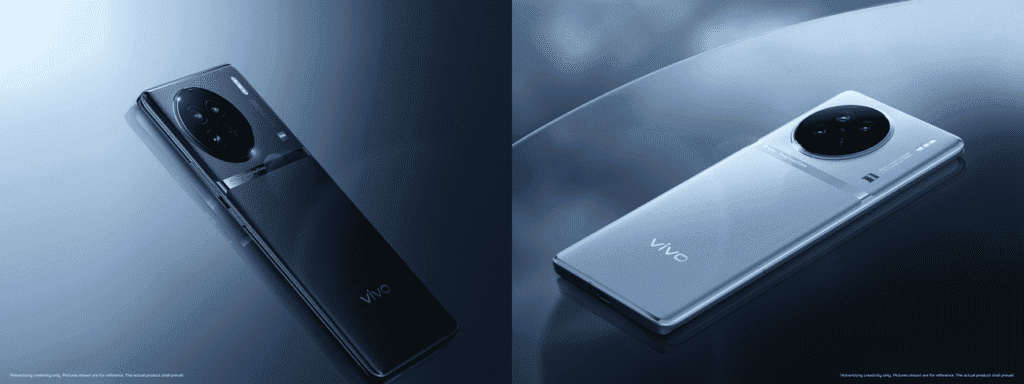
Vivo will soon disclose more details about the variants coming, and the pricing for each market. The Vivo X90 series is globally launched, but the brand will soon disclose more details about the sales and shipments. You can head to the Vivo website for further details.

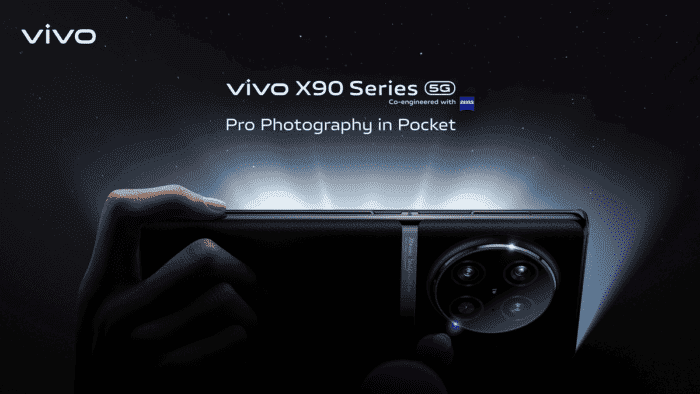


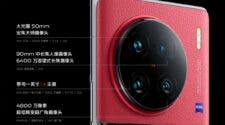

Really great phones. But I am very hesitant to those Chinese Phone Brand since their Android UI and software support mostly sucks.